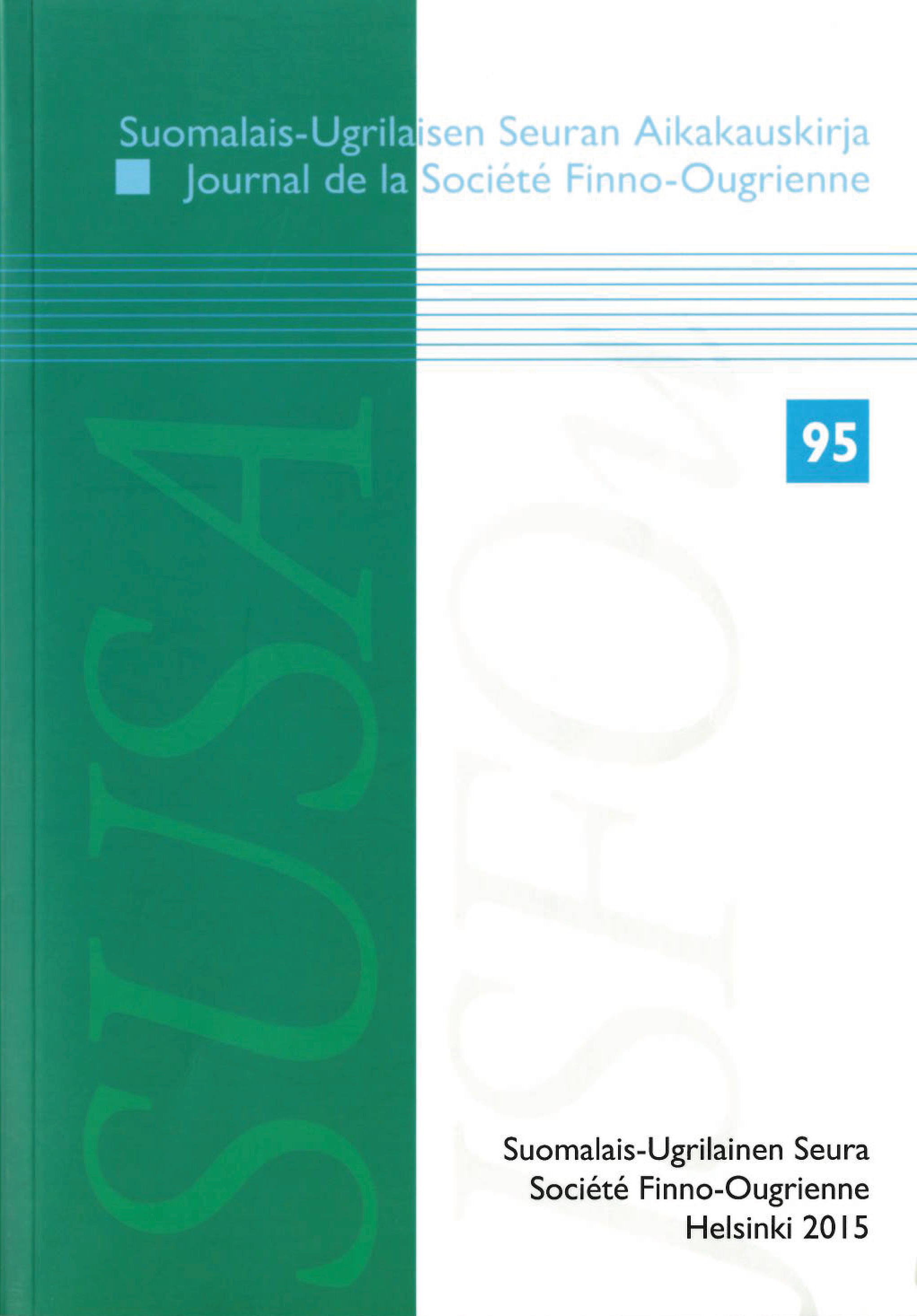Negation in Mongolic
DOI:
https://doi.org/10.33340/susa.82643Abstract
This paper attempts to give a functional overview of negation in the Mongolic language family. In Early Middle Mongol, standard, prohibitive and perhaps ascriptive negation were coded by the preverbal negators ese for perfective/past, ülü for imperfective/non-past and büü for most moods including imperatives. It contrasted with the locative-existential-possessive negator ügei, which could also negate results and constituents. In most modern Mongolic languages, ügei made inroads into standard and ascriptive negation, competing with busi ‘other’ for ascriptive negation starting from Late Middle Mongol. Possessive constructions, while always based on ügei, are expressed through a range of different syntactic patterns, and a new locative-existential negator alga developed in one area. Newly developed verbal negators include the broadly used former resultative verbal negator -üüdei, and -sh, a more restricted reflex of busi. The change of negator position had consequences for its scope and interaction with other categories, which are discussed in some detail for Khalkha. While prohibitives always remained preverbal, preventives emerged from declaratives, acquiring modal characteristics.





